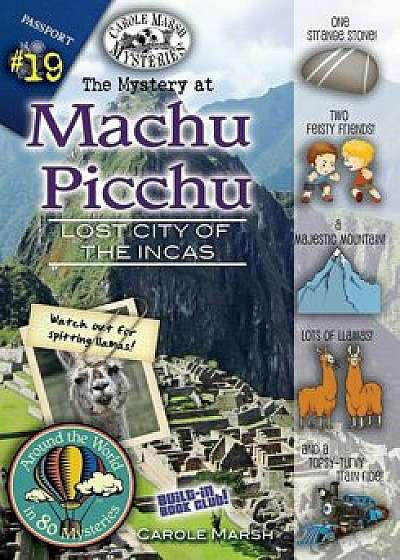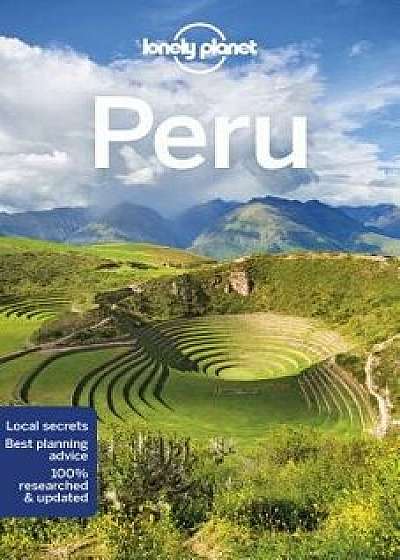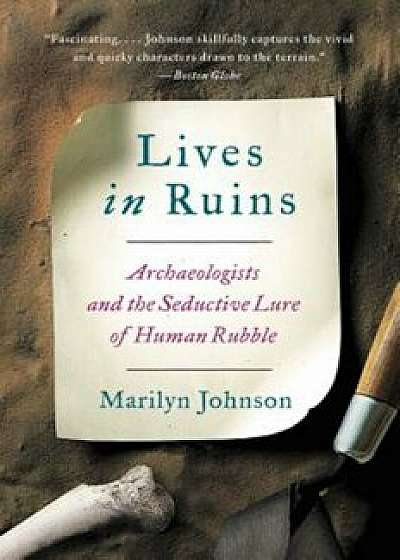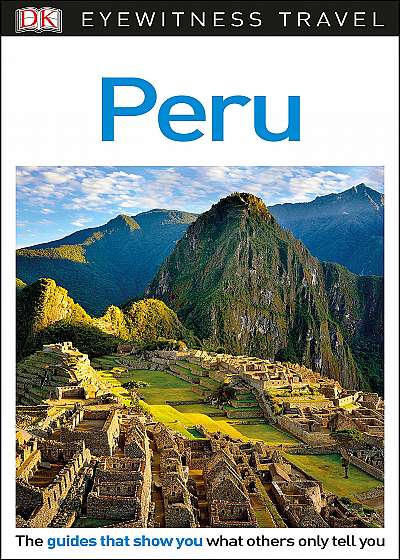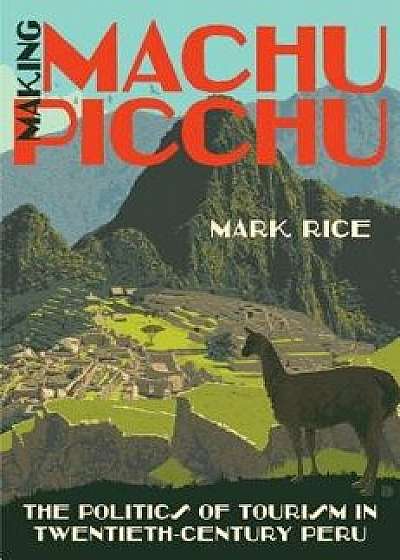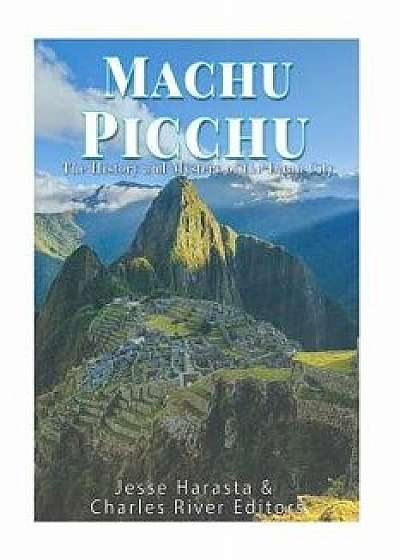
Machu Picchu: The History and Mystery of the Incan City, Paperback/Jesse Harasta
Descriere
Includes pictures of Machu Picchu and other important people and places. Explains the history of the site and the theories about its purpose and abandonment. Describes the layout of Machu Picchu, its important structures, and the theories about the buildings' uses. In 1911, American historian Hiram Bingham publicized the finding of what at the time was considered a "lost city" of the Inca. Though local inhabitants had known about it for century, Bingham documented and photographed the ruins of a 15th century settlement nestled along a mountain ridge above the Urubamba Valley in Peru, placed so perfectly from a defensive standpoint that it's believed the Spanish never conquered it and may have never known about it. Today, of course, Machu Picchu is one of South America's best tourist spots, and the ruins have even been voted one of the Seven New Wonders of the World. But even though Machu Picchu is now the best known of all Incan ruins, its function in Incan civilization is still not clear. Some have speculated that it was an outpost or a frontier citadel, while others believe it to be a sanctuary or a work center for women. Still others suggest that it was a ceremonial center or perhaps even the last refuge of the Incas after the Spanish conquest. One of the most theories to take hold is that Machu Picchu was the summer dwelling of the Inca's royal court, the Inca's version of Versailles. As was the case with the renaming of Mayan and Aztec ruins, the names given to various structures by archaeologists are purely imaginary and thus not very helpful; for example, the mausoleum, palace or watchtower at Machu Picchu may have been nothing of the sort. What is clear at Machu Picchu is that the urban plan and the building techniques employed followed those at other Incan settlements, particularly the capital of Cuzco. The location of plazas and the clever use of the irregularities of the land, along with the highly developed aesthetic involved in masonry work, followed th
